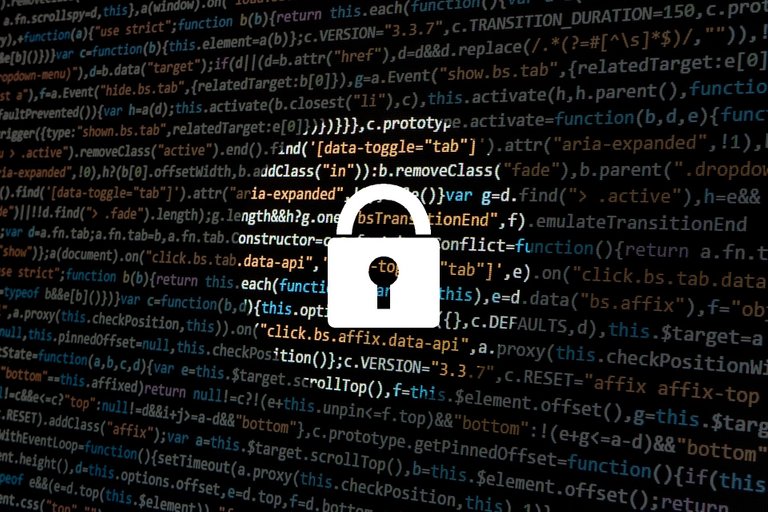
Being unable to access your email account can be a major inconvenience, but in the big picture of what can happen in cybersecurity breaches, there are far worse outcomes.
Imagine the impact of a virus infecting the computers that run the 999 emergency services system, or the air traffic control at an airport.
There was a dramatic demonstration of how devastating computer failure can be when the Wannacry ransomware swept through the NHS in 2017. Malware crippled tens-of-thousands of devices, including computers, MRI scanners, blood-storage refrigerators and surgical equipment, leaving hospitals in chaos and putting thousands of lives in danger.
Some “technical difficulties” can mean bankruptcy

In the business context, failure of critical computer infrastructure might not be a matter of life and death, but it can mean the loss of millions of dollars.
Banks and investment firms rely on their computers to track markets and manage customer data. They store confidential information that is worth millions to cybercriminals and makes them an attractive target for hackers.
Online commerce is such a vital part of most company’s income now that losing access to their web-portals means a total disruption of trading.
In 2017 the Wall Street Journal reported on a web service outage that caused website performance to slow by about 20% and “cost companies in the S&P 500 index $150 million.”
Recent survey data published by the ASBFEO in Australia showed that 22% of companies hit by critical data breaches are so badly affected they cannot continue operating and 60% of go out of business within the following six months.
Backup systems shouldn’t be the only defence
So what if the worst happens and a company is hit with a major malware attack? The computer system is infected with a virus and shuts down.
But good IT management means you always have a backup ready, right? The backup system will take over, and business will continue.
That sounds good in theory, but the reality is that implementing a system recovery in a business is a complex and meticulous process that can take days and the cost of the disruption goes far beyond the immediate loss of productivity.
The collateral damage to a company caused by a data breach is hard to quantify, but we have to account for reputational impacts as well as the direct financial losses.
Relying on reactive security measures — trying to repair the damage caused by a data breach — is a dangerous policy.
The only effective protection for critical computer services is to identify and eliminate vulnerabilities before they can be exploited.
So what if the worst happens and a company is hit with a major malware attack? The computer system is infected with a virus and shuts down.
But good IT management means you always have a backup ready, right? The backup system will take over, and business will continue.
That sounds good in theory, but the reality is that implementing a system recovery in a business is a complex and meticulous process that can take days and the cost of the disruption goes far beyond the immediate loss of productivity.
The collateral damage to a company caused by a data breach is hard to quantify, but we have to account for reputational impacts as well as the direct financial losses.
Relying on reactive security measures — trying to repair the damage caused by a data breach — is a dangerous policy.
The only effective protection for critical computer services is to identify and eliminate vulnerabilities before they can be exploited.
Security needs to be predictive, not reactive

Uncloak offers the most comprehensive security solution available, combining AI-powered analysis of vulnerabilities and a totally unique threat bounty program supported by Blockchain technology.
Uncloak mitigates the fastest growing cybersecurity threats facing companies: identity theft, data-breaches, email fraud, malware, and hacking.
The Uncloak Blockchain system will bring businesspeople, security researchers and threat bounty hunters together to collaborate in the most effective way possible, eliminating the dangerous time-lags that exist in conventional security software.
Experience a demo of Uncloak right now on our website: go to https://demo.uncloak.io/
Please subscribe to our social channels to keep up with the latest Uncloak news: